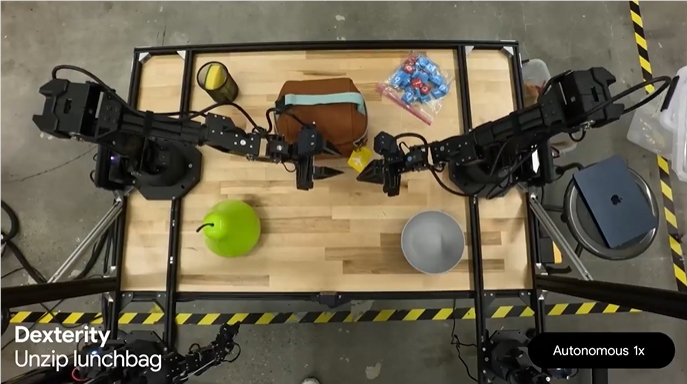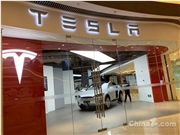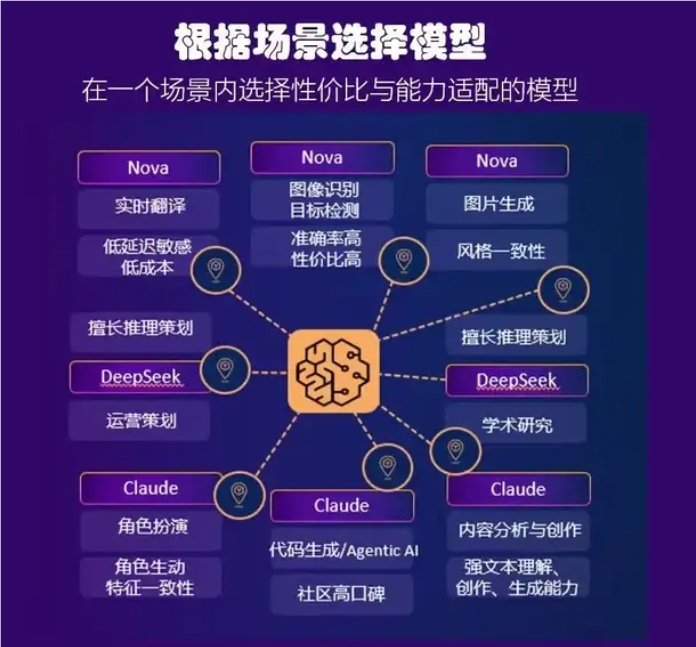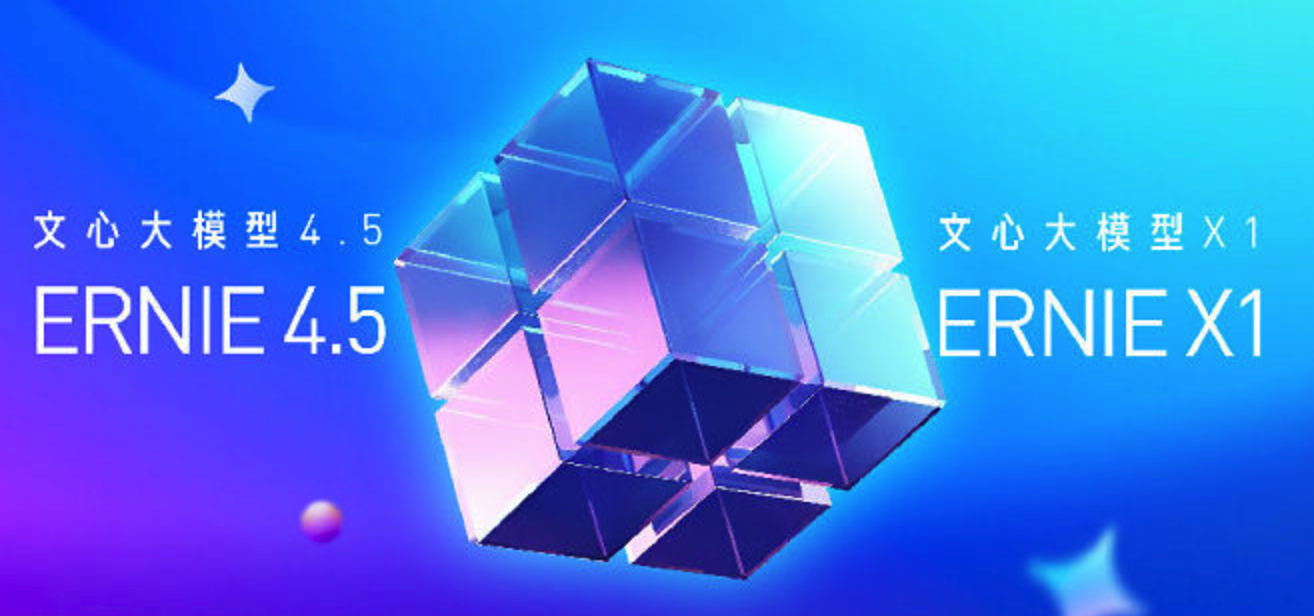Google DeepMind has launched its new robot AI model - Gemini Robotics On-Device, sparking industry discussions. This model showcases a new breakthrough in robot AI technology with its fully on-device operation, strong task adaptability, and low-shot learning capabilities. AIbase has compiled the latest online information to provide an in-depth analysis of the model's innovations and its potential impact on the robotics industry.

Completely On-Device Operation: Freeing from Cloud Constraints
The biggest highlight of Gemini Robotics On-Device is that it runs entirely on the robot's local hardware without relying on cloud computing resources. This feature solves the issues of latency and unstable connections faced by traditional cloud-based robots, especially suitable for scenarios with limited network environments such as factories, warehouses, or remote areas. According to the introduction, the model can still approach the performance of the cloud-based Gemini model when running locally, demonstrating strong computing efficiency and reliability.
Multi-Task Capabilities: From Zipping a Jacket to Folding Clothes
This model integrates vision, language, and action control, featuring excellent multi-modal capabilities. It can understand human intentions through natural language instructions and convert them into precise robotic actions. In demonstrations, the robot successfully completed complex tasks such as zipping a jacket, pouring liquid, and folding clothes. It also performed well in unfamiliar scenarios, such as assembling on an industrial production line. Google DeepMind stated that the model performs particularly well on dual-arm robots (such as Franka FR3 and Apollo humanoid robots), demonstrating general dexterity and task generalization capabilities.
Low-Shot Learning: Get Started with 50-100 Demonstrations
Another major innovation of Gemini Robotics On-Device is its low-shot learning capability. Developers can quickly adapt the robot to new tasks with just 50 to 100 task demonstrations. This efficient fine-tuning method benefits from the model's architecture based on Gemini 2.0, combined with powerful visual perception, semantic understanding, and behavior generation capabilities. Google DeepMind also released the Gemini Robotics SDK, allowing developers to test the model in the MuJoCo physics simulator and obtain development permissions through the "Trusted Tester" program, greatly lowering the deployment threshold for robot AI.
Industry Prospects: Redefining Robot Applications
The release of Gemini Robotics On-Device marks a new stage in robot AI, moving towards "usability, deployability, and generalizability." Its on-device operation and low-shot learning characteristics not only reduce the deployment costs for enterprises but also promote the widespread application of robot technology in manufacturing, logistics, security, and other fields. However, the model's generalization ability and safety in complex environments still need further verification. AIbase believes that with continuous optimization by Google DeepMind, this technology has the potential to reshape the future landscape of the robotics industry.
Google DeepMind's Gemini Robotics On-Device demonstrates a breakthrough in robot AI technology with its on-device operation, multi-task capabilities, and low-shot learning features. From zipping a jacket to industrial assembly, this model has endowed robots with unprecedented flexibility and intelligence. In the future, with the release of the SDK and technological iteration, robots may become indispensable "versatile assistants" across various industries.









